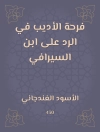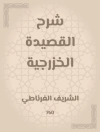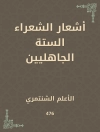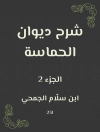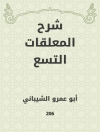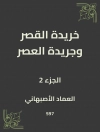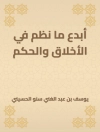In ‘The Book of Nonsense, ‘ Edward Lear delves into the whimsical realm of nonsense literature, presenting a compilation of humorous limericks accompanied by Lear’s own playful illustrations. His work shatters the confines of conventional storytelling, employing absurdity and illogical sequences to captivate both children and adults. Each poem is characterized by its rhythmic structure and rhyme schemes that invite readers to explore a fantastical world where logic is defied, ultimately reflecting the Victorian fascination with lighthearted absurdity as a counterpoint to the era’s rigid moral values. Edward Lear, a pivotal figure in the literary landscape of the 19th century, was profoundly moved by the experiences of his childhood and the profound solitude of his adult life, which are echoed in his creative expressions. His role as a painter and illustrator fostered in him a unique understanding of visual storytelling, merging art with language to enhance the enchanting qualities of his nonsense verse. His travels across Europe and contact with the burgeoning literary traditions of his time undoubtedly informed his imaginative inclinations. ‘The Book of Nonsense’ is a delightful invitation to experience the joy of language and the boundless possibilities of the imagination. Readers of all ages are encouraged to indulge in Lear’s playful verse as it inspires creativity and laughter, making it a timeless treasure within the pantheon of children’s literature.
Sobre el autor
Edward Lear (1812-1888), an English artist, writer, and illustrator, is predominantly recognized for his literary nonsense and whimsical poetry, which have charmed both adults and children alike. Born in Holloway and the 21st child of a stockbroker’s family, Lear found early success as an ornithological draughtsman before transitioning to landscape painting and travel writing. However, it is ‘The Book of Nonsense’ (1846), a collection of limericks that established his enduring legacy as a beloved nonsense poet. Lear’s distinct literary style blends absurdity with a strict adherence to rhythm and form, creating an amusing counterpoint between the nonsensical content and the traditional limerick structure. His works harbor a sense of melancholy beneath their playful surface, reflecting perhaps his own struggles with health and an enduring sense of isolation despite his social circle including luminaries like Alfred Tennyson. His creative output has significantly influenced the genre of nonsense poetry and left an indelible mark on children’s literature. Lear never married and had no children of his own, but his literary children—nonsensical characters and fanciful landscapes—continue to inhabit the imaginations of readers around the world.


